20th Jul 2022
Drawing from a charity tasting in Nashville late last year and extensive tastings in Bordeaux the last few months, we've assembled a comprehensive view of what is undoubtedly one of the greatest vintages of the 21st Century (so far).
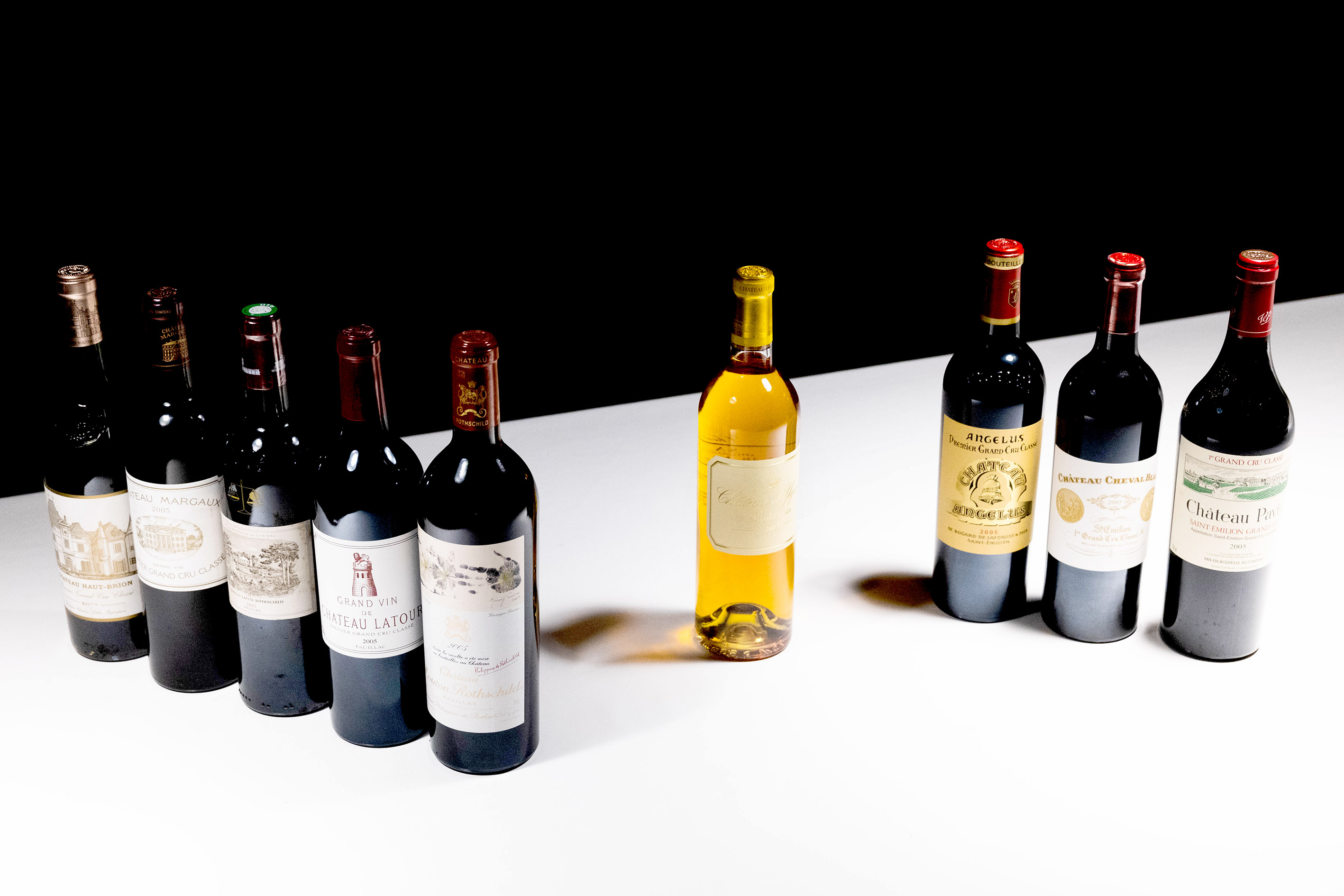
Sleeping Beauties
At the end of 2021, I hosted a momentous 2005 Bordeaux charity tasting in Nashville, Tennessee, on behalf of the Nashville Wine Auction, raising funds to support people living with cancer and their families. Patrons Pam and Steve Taylor generously donated an auction lot that included three bottles each of 32 of the top wines from the Bordeaux 2005 vintage. All the bottles for the tasting, including Petrus, Le Pin, Lafleur, Ausone, Cheval Blanc, all the first growths, and more, had been impeccably stored. Bravo to the Taylors for the considerable money raised for this worthy cause and to the Nashville Wine Auction (especially outgoing President/CEO Holly Whaley) for this spectacularly managed event.
Ready or not?
I remember well visiting Bordeaux in the spring of 2006, tasting the 2005s as barrel samples during the Primeurs. This was a great year in the making, but the nascent wines were so tannic and impenetrable that it was difficult to maintain my usual pace of tasting. About midway through my trip, I pulled up to Château Margaux to be greeted by winemaker and managing director Paul Pontallier, who was very excited about his intense, super-structured 2005, quoting IPT numbers (a measurement of tannin levels) that were through the roof. By then, my teeth and palate were so done with tannins I wanted to run a mile. But the wine, of course, was glorious—one of Pontallier’s greatest vinous achievements.
Fascinating as it was to check in on how the big names were measuring up to my initial barrel tasting conclusions, another primary focus of my deep dive into this vintage was to understand the drinking windows of these 2005s better. Ready or not? After bottling, most of the wines immediately shut down, falling into a long slumber. I think we were all starting to get a little nervous that these sleeping beauties might never awaken. But before discussing my drink date observations, here’s a quick recap of the growing season and styles of the vintage.
The 2005 Growing Season in a Nutshell
The key word defining the growing season of 2005 was dry. It was very dry, even drier than 2003, but it was not as hot as that year. Only two days in 2005 exceeded 95 degrees Fahrenheit. The saving grace of this year was small amounts of precipitation at the right time, providing just enough moisture to give vines the wherewithal to continue. On August 17, about an inch of rain fell in Pomerol, Saint-Émilion, and the Graves/Pessac-Leognan areas. Then, there was a light rainfall in parts of the Médoc on August 25, but no rain up in Saint-Estèphe. Light showers arrived across Bordeaux on September 8, and heavier rain moved through the region on the 25th. Following that, there was a window of beautiful weather that lasted until October 12. Even after that date, the weather remained relatively dry and sunny. The result was a prolonged harvest period. Without the urgency to rush the fruit into the winery, winemakers could wait for full phenolic ripeness. And the cool nights following the warm days managed to preserve good acidity levels, resulting in relatively low pHs in the finest wines of the vintage.
As previously alluded to, this vintage’s real stylistic stand-out attribute is the very high level of tannins in the reds. The good news is there is also a lot of fruit to these wines, enough, in most cases, to balance out those brick-house structures. Alcohols were noted to be on the high side at the time, especially on the right bank, but these 14-14.5% levels seem average nowadays. Fortunately, the slightly higher than average acidity levels are balancing and refreshing. From the get-go, the 2005 fruit cores have been muscular and taut, if not downright powerful. At bottling, it’s as if the vibrant, youthful, and even primary black and blue fruit characters were locked away in a time capsule. Now, as many of these sleeping beauties begin to awaken, we can see compelling red fruit and floral accents among the black fruit layers, with savory and mineral nuances.
Although it isn’t often the case that a great Sauternes vintage coincides with a great red Bordeaux year, 2005 is one of those happy exceptions. Truth be told, I think we all underestimated this year for sweet whites. Given the dryness of the table wine growing season, it was a late onset for botrytis, yet noble rot that year was swift and widespread. The berries were already concentrated when the fungus took hold, so the result is a bevy of super-rich, complex wines with an excellent level of botrytic expression. Acids, in some cases, are a little on the low side, yet there are a few wines with astonishing freshness, making for some very serious and age-worthy sweet wines.
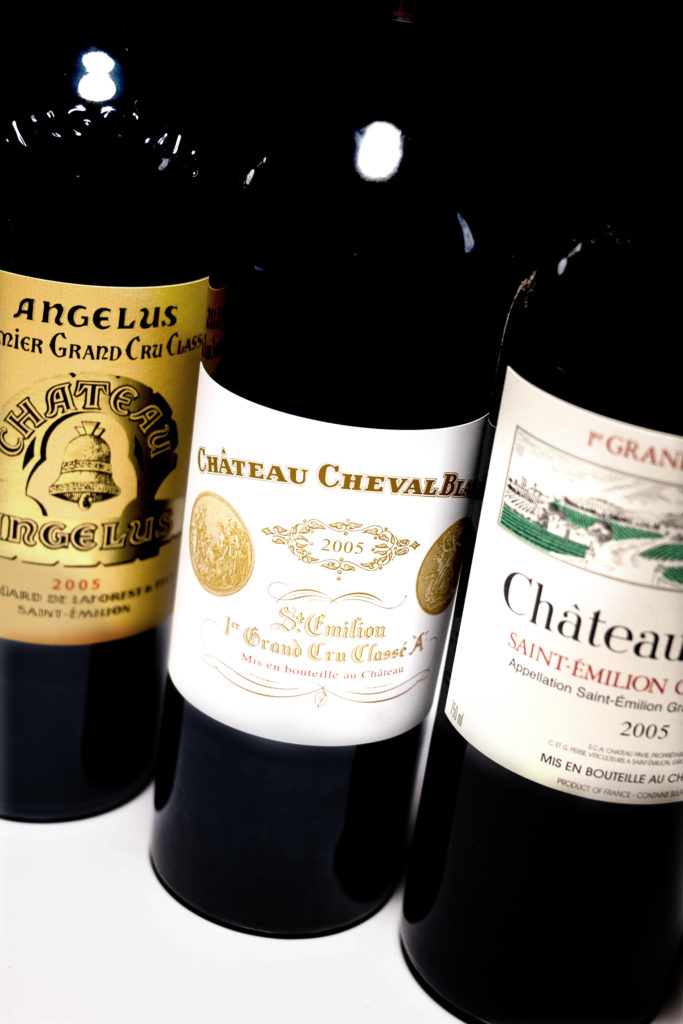
Drinking Windows
I’m pleased to report that many 2005s are beginning to emerge from their slumbers, revealing intensely fruity wines with a beguiling array of perfumed and subtle mineral-inspired characters. Indeed, the way many have come around to this level of grace and poise is remarkable. The top wines still have long roads ahead, while some lesser wines are already at their peak. And I found a few wines that will need a few years yet to hit their stride. These late-bloomers include Cheval Blanc, Ausone, Haut-Brion, Le Pin, Petrus, Palmer, Montrose, Latour, and Yquem.
Full details of optimum drinking windows can be found within the individual tasting notes.
Surprises?
What would a vintage retrospective report like this be without a few surprises? Many top names turned out to be as impressive as I suspected they would from my barrel tastings, but a few others surpassed my expectations. In particular, Clos Fourtet, Rauzan-Segla, Smith Haut Lafitte, and La Gaffeliere blew me away—these are real jaw-droppers with a long life ahead! What’s more, all three of these wines are widely available for around $150-175/bottle, which is crazy considering the quality. Regarding the sweets, Raymond-Lafon and Doisy-Vedrines exceeded my expectations and are still an absolute steal for the quality. Another Sauternes to look out for is 2005 de Fargues, an estate I will cover in detail with a spotlight profile and vertical tasting to come.
This 2005 retrospective is just the first in a series that we will be rolling out over the forthcoming weeks. I have also completed comprehensive tastings for Bordeaux 2012, 2015, 2016, 2017, and 2018. Until then, Happy Wine Hunting!
-
Article & Reviews by Lisa Perrotti-Brown MW
Photographs by Johan Berglund

PRODUCERS IN THIS ARTICLE
> Show all wines sorted by scoreMore articles

Pilcrow’s New Releases
18th Apr 2024
7 tasting notes
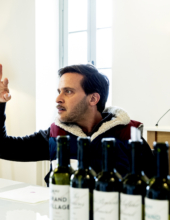
Bordeaux 2023 Primeurs Photo Essay
18th Apr 2024
0 tasting notes
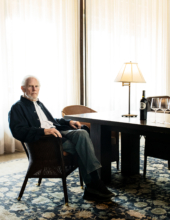
Harlan Estate, BOND, Promontory 2021 and 2011
11th Apr 2024
14 tasting notes
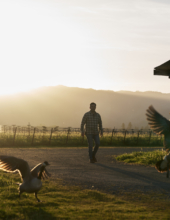
Favia 2012-2021
04th Apr 2024
17 tasting notes
Show all articles